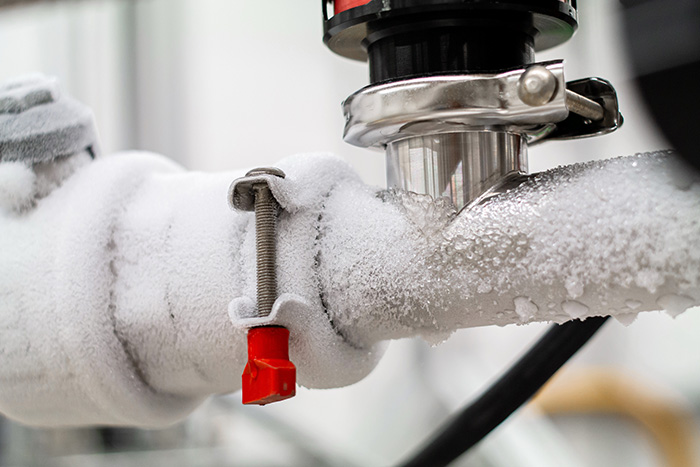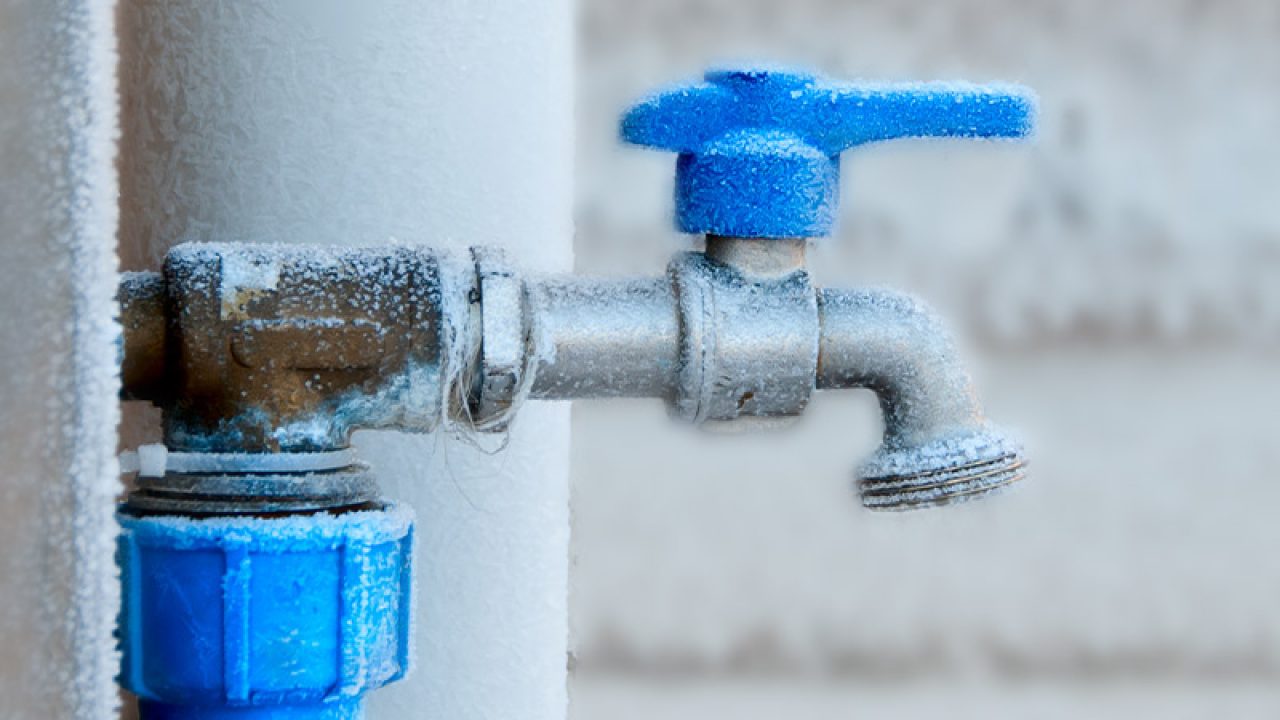Preventing Frozen Plumbing: Best Tips for Winter
Preventing Frozen Plumbing: Best Tips for Winter
Blog Article
Just about everyone maintains his or her own opinion on the subject of Prevent Frozen Pipes .

Winter can damage your plumbing, specifically by freezing pipes. Here's exactly how to prevent it from taking place and what to do if it does.
Introduction
As temperature levels drop, the threat of frozen pipelines increases, potentially leading to expensive fixings and water damage. Recognizing how to avoid icy pipelines is essential for house owners in cool climates.
Comprehending Frozen Pipes
What creates pipelines to ice up?
Pipes freeze when exposed to temperature levels below 32 ° F (0 ° C) for prolonged durations. As water inside the pipes freezes, it increases, putting pressure on the pipeline walls and potentially triggering them to break.
Threats and damages
Icy pipes can result in water system interruptions, home damage, and costly repairs. Ruptured pipes can flooding homes and create considerable architectural damages.
Indications of Frozen Water Lines
Determining icy pipelines early can stop them from bursting.
Just how to recognize frozen pipelines
Seek reduced water flow from faucets, uncommon odors or noises from pipes, and visible frost on exposed pipes.
Avoidance Tips
Shielding at risk pipes
Cover pipes in insulation sleeves or utilize warmth tape to protect them from freezing temperatures. Focus on pipelines in unheated or outside locations of the home.
Home heating strategies
Maintain interior areas sufficiently heated up, specifically areas with plumbing. Open cupboard doors to enable warm air to flow around pipelines under sinks.
Shielding Outdoor Plumbing
Yard tubes and exterior taps
Disconnect and drain pipes garden pipes prior to winter. Set up frost-proof spigots or cover exterior taps with shielded caps.
What to Do If Your Pipelines Freeze
Immediate actions to take
If you suspect icy pipes, maintain taps available to ease stress as the ice melts. Make use of a hairdryer or towels soaked in warm water to thaw pipelines gradually.
Long-Term Solutions
Structural changes
Take into consideration rerouting pipelines away from exterior walls or unheated locations. Include added insulation to attics, basements, and crawl spaces.
Updating insulation
Invest in top quality insulation for pipes, attics, and walls. Correct insulation assists keep consistent temperature levels and reduces the risk of frozen pipelines.
Final thought
Preventing frozen pipelines needs proactive measures and fast reactions. By comprehending the causes, indicators, and preventive measures, property owners can safeguard their pipes throughout winter.
5 Ways to Prevent Frozen Pipes
Drain Outdoor Faucets and Disconnect Hoses
First, close the shut-off valve that controls the flow of water in the pipe to your outdoor faucet. Then, head outside to disconnect and drain your hose and open the outdoor faucet to allow the water to completely drain out of the line. Turn off the faucet when done. Finally, head back to the shut-off valve and drain the remaining water inside the pipe into a bucket or container. Additionally, if you have a home irrigation system, you should consider hiring an expert to clear the system of water each year.
Insulate Pipes
One of the best and most cost-effective methods for preventing frozen water pipes is to wrap your pipes with insulation. This is especially important for areas in your home that aren’t exposed to heat, such as an attic. We suggest using foam sleeves, which can typically be found at your local hardware store.
Keep Heat Running at 65
Your pipes are located inside your walls, and the temperature there is much colder than the rest of the house. To prevent your pipes from freezing, The Insurance Information Institute suggests that you keep your home heated to at least 65 degrees, even when traveling. You may want to invest in smart devices that can keep an eye on the temperature in your home while you’re away.
Leave Water Dripping
Moving water — even a small trickle — can prevent ice from forming inside your pipes. When freezing temps are imminent, start a drip of water from all faucets that serve exposed pipes. Leaving a few faucets running will also help relieve pressure inside the pipes and help prevent a rupture if the water inside freezes.
Open Cupboard Doors
Warm your kitchen and bathroom pipes by opening cupboards and vanities. You should also leave your interior doors ajar to help warm air circulate evenly throughout your home.

I have been very excited about How To Avoid Freezing Pipes and I hope you enjoyed reading the new blog posting. If you enjoyed our article kindly be sure to share it. Thank you for going through it.
Call Today Report this page